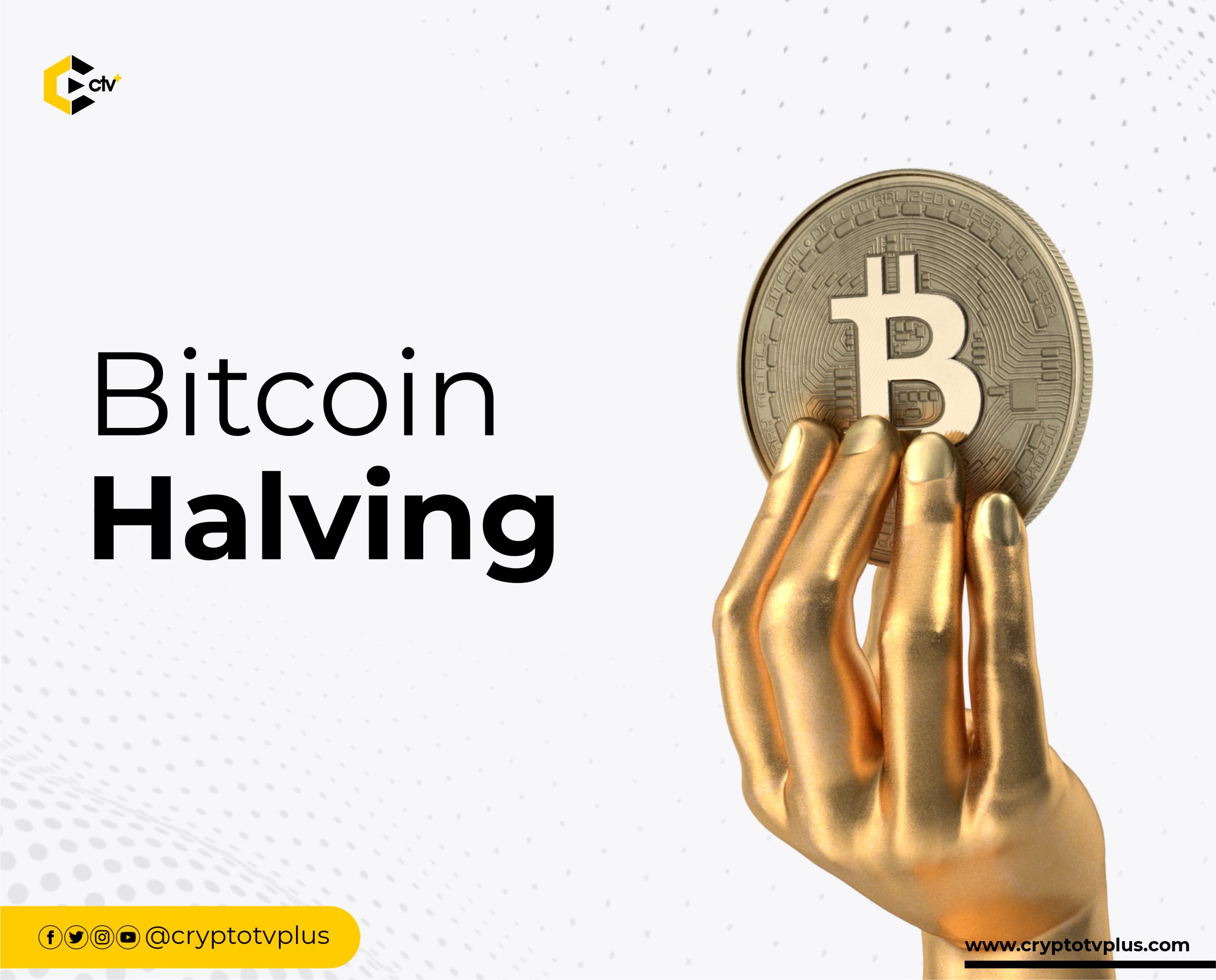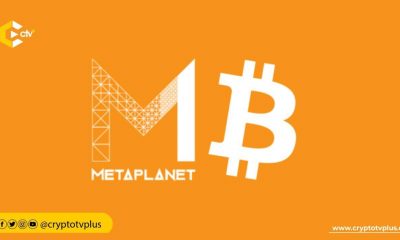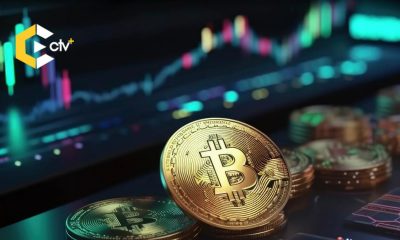Bitcoin
Understanding Bitcoin Halving

Imagine a world where for every 20 years you live on earth, you are given access to 50% less oxygen than you had the previous year. What do you think would happen to us? And then what will also happen to oxygen? Its value, per se? This gives a clue to what halving is. The last halving that occurred, in May 2022, in the Bitcoin network gathered attention all over the world.
The reward for mining was reduced to 6.25 BTC. A lot of speculations have it that halving increases the value of a coin. Some others also say that burning, which is another process peculiar to cryptocurrencies, increases the value of a coin. Our focus will be on halving and how it affects the Bitcoin network.
Before we look at what halving is, here is a good list of other coins that have gone through halving: Litecoin (LTC), Bitcoin Cash (BCH), Bitcoin Satoshi’s Vision (BSV), ZCash (ZEC), Dash (DASH), Ravencoin (RVN), Bitcoin Gold (BTG), Bitcoin Diamond (BCD), Ethereum Classic (ETC), Firo (FIRO), Flux (FLUX)
Verge (XVG), Tomochain (TOMO), Vertcoin (VTC), Monacoin (MONA), Einsteinium (EMC2), and Bytom (BTM). The list is endless.
What is Halving?
Halving is a process of reducing the reward miners get from mining a particular cryptocurrency. In the case of the Bitcoin network, for every block that is created, the miner who solves the mathematical problem that brought the block creation is given a certain value of bitcoin. From the days of the Genesis Block, the reward for creating a block in the Bitcoin network was 50 BTCs. This was reduced by half, to 25BTC and down to 6.25 BTC in 2020. This means that for any block formed, 6.25 BTC is given to the miner.
All Bitcoin Halvings
No one can control the halving that occurs in the Bitcoin network. So what happens is that the dates have been set based on calculations and the entire crypto community looks forward to such dates as the price of bitcoin has been known to surge once halving occurs. For every 210,000 blocks mined, one halving will occur. That is roughly every four years until there is no other halving that will occur. In the Bitcoin network, once 32 halvings occur, there will be no other halving again as no bitcoin will be created again.
- 2012
This was the first halving and it happened on November 28th, 2012 when SlushPool, a miner using Radeon HD 5800 miner mined the 210,000th block. Immediately, the reward per block formed was reduced from 50 BTCs to 25 BTCs while the price of bitcoin on that day was $12.35 but jumped to $127.00 after 150 days.
- 2016
Exactly four years later, the 420,000th block was formed and mother halving occurred on July 9th, 2016 reducing the reward from 25 BTCs per block to 12.5 BTCs per block. And the prize on the day of halving was $650.63 and $758.81 after 150 days.
- 2020
The third halving occurred on May 11, 2020. Miners saw their reward move down to 6.25 BTCs from 12.5 BTCs per block. The price of bitcoin moved to $10.943.00 from $8821.42 just between the halving day and 150 days later.
- 2024
This is where we are now waiting for expectations on what will happen. The price is not known yet but the dates and rewards will be March 28, 2024, according to Bitcoin Clock while the reward will move from 6.25 BTCs to 3.125 BTCs.
Read this also:
- Bitcoin Forks; Hard and Soft Forks
- Factors Affecting the Adoption of Bitcoin
- Bitcoin Blockchain Receives Long-awaited Taproot Upgrade- What This Means?
Why is Halving Done?
To understand this, we need to look at how the Bitcoin network functions. The coin, bitcoin, is created through a system of validating transactions in the network done by miners so that Bitcoin uses Proof of Work.
Miners are a group of people who have connected their computer into the Bitcoin network as nodes to help verify transactions for the functionality of the Bitcoin network. This means that if all miners unplug their computers, within a few days, the network will collapse. Why?
There will be no transactions verified, the value of the coin will go down, security will be tampered with because the more nodes that are connected to the bitcoin network the more secured it is.
There are currently more than 14k Bitcoin nodes globally. As miners are connected, they help to verify transactions so that I can send bitcoins to you and you’ll see it in a few minutes. However, if the miners keep doing that without reward, they will stop.
They use very sophisticated computer machines like ASIC to verify transactions and create blocks. For each verification, a specific amount of Bitcoin is given to the person that was able to solve the mathematical problem for the verification of the transaction.
And remember, the maximum supply we can ever have of Bitcoin is 21,000,000. It cannot be more than that because it has been programmed into the system. If altered, we’ll not have Bitcoin as we know it today.
So the major reason behind halving is to control the total supply of Bitcoin, making sure that it doesn’t exceed 21,000,000. The major reason behind halving is to control the amount of Bitcoin that will be in supply to tally with the 21,000,000 maximum supply coded into the system.
Implications of Bitcoin Halving
Before we look at the implications of this halving, you’d want to know that this will last until 2140 which according to projections will be the year when all 21 million bitcoins would have been mined.
If this happens, what do you think will happen to everyday users, miners as well as investors? What will be the implication of the halving considering these three effectors?
- Everyday User
There’s every likelihood that the price of bitcoin will shoot based on the laws of demand and supply provided all circumstances being equal. As halving follows, the rate at which new coins are produced is lowered causing scarcity, and as earlier said, demand will increase causing the price to go up.
Although we know that from time to time, the market will correct itself once there’s over buying of BTC. Don’t forget that miners will tend to factor in the increase in production so to say, to mine more blocks, therefore asking for more to be paid by those who want to buy bitcoins.
- Miners
In the case of miners, of course the implication for everyday users is the same with them as they are part of the everyday user group. However, in a peculiar way, once the entire 21 million bitcoin has been mined, miners will most likely be rewarded from the processing fees users of Bitcoin will pay.
Otherwise, nodes will begin to reduce due to lack of incentives. Another challenge for these miners is the capacity of their systems to keep the network going in comparison with bigger corporations. Will they have the capacity to compete with the big mechanism these large organizations have?
From research, it’s known that the price of bitcoin increases as the mining capacity decreases and vice versa. If this happens, it might be a threat to the security of Bitcoin.
Let’s imagine that halving does not increase demand and price, that means there will be no incentive for miners right? And further, the reward for completing transactions will be so minute and the value of bitcoin will not be as high as expected?
Well, if this happens, the code that controls the level of difficulty of mining in Bitcoin will always come into play so that it will be easier for miners to validate in sync with the smaller amount of Bitcoin given as reward. It has happened twice during previous halvings.
- For Investors
Halvings is good generally for investors as the previous data of this process has shown that whenever this happens, the price of bitcoin relatively goes up and then down but always higher than where it used to be before the halving.
In the long run, the finite nature of bitcoin should give it the full right to be called digital gold. It’s a trend too that prior to halvings, transactions in the network always surges as a lot of people crave to get profit from buying more bitcoins. Then after the halving, the correction is done and more stability is gained. The time frame cannot be ascertained.
In general, the effect of Bitcoin halving on the value of bitcoin has been positive. The price of bitcoin on the days of halving has been $12.35, $650.63 and $8821.42 for 2012, 2016 and 2022. While the prices after 150 days has been $127.00, $758.81 and $10,943.00 for the three consecutive times as well.
What does that show? Always remember to Do Your Own Research. That is what your decision should be made on.
What do you think of this article? Share your comments below.

























Pingback: Understanding Bitcoin Halving – Crypto Watch Daily
Pingback: Understanding Bitcoin Halving by Chuks Nnabuenyi Jr – CryptoTvplus Events: NFT, DeFi, Bitcoin, Ethereum, Altcoin Events
Pingback: Understanding Bitcoin Halving – CryptoTvplus
Pingback: StepN: Move Around & Earn in this SocialFi/GameFi Project – Crypto Watch Daily
Pingback: Understanding Bitcoin Halving | CryptoTvplus: DeFi, NFT, Bitcoin, Ethereum Altcoin, Cryptocurrency & Blockchain News, Interviews, Research, Shows | marketrealtime.com – Market Real Time